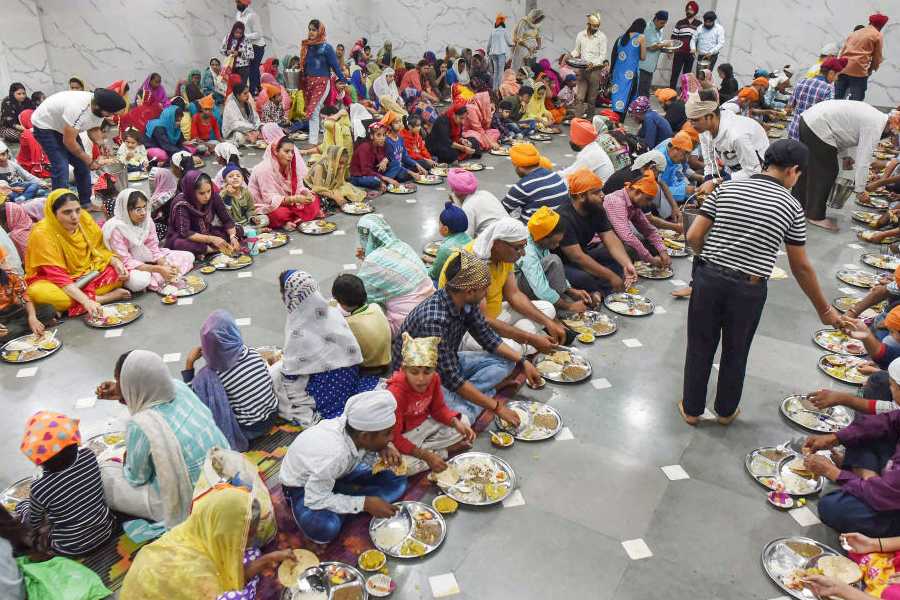
Rayagada: The district, often in the headlines for all the wrong reasons such as deaths related to malaria, diarrhoea and cholera, has set a benchmark in the health care sector that other districts could look to emulate.
The district administration had, in September 2016, launched the special Amo Sankalp programme to increase the percentage of institutional deliveries and reduce infant and maternal mortality rates.
Now, nearly 18 months after launching the programme, the tribal-dominated district has achieved an institutional delivery percentage of 80 per cent.
According to officials in the district administration, they managed the feat - a 13 percentage point rise - through relentless efforts and continuous monitoring by officials concerned.
A district official said Rayagada's socio-economic background of early marriage, low literacy levels among women, seasonal cut-off of villages, superstition, dependence on traditional healers and poor diet among pregnant women, the administration launched the programme, specific to the district, to address the issues in addition to various state government programmes to arrest the infant and maternal mortality rates.
"It was not only a challenging task for us to motivate pregnant tribal woman to opt for institutional delivery, but also equally difficult for us to converge various line departments to achieve our goal," said district collector Guha Poonam Tapas Kumar.
The administration went about the process in phases to achieve its target.
In the first phase, officials identified gaps in infrastructure and made efforts to fill those gaps according to the needs of the areas concerned.
"We identified 817 remote villages where health services were rendered at emergency situation only. From those, we selected 162 villages as nodal points where integrated village health and nutrition days are observed and services such as ante-natal and post-natal check-up for the mother, screening and weight measurement of the children and malaria testing are done," she said.
The number of delivery points were also increased to 38 from the earlier 25 with all infrastructure for safe delivery along with post-natal checkups of both the mother and the newborn.
The administration has made all 11 Maa Gruha (maternity waiting home) operational. Expectant mothers with certain critical problems and those staying in inaccessible areas are shifted to these homes a few days before delivery and kept for at least 7-10 days before they are shifted to the nearby hospital before delivery.
"In the past year, we shifted at least 2,097 pregnant women to Maa Gruhas in their areas," the collector said. She said the infant mortality rate decreased from 205 per 1,000 live births in the previous year to 156.
The administration has introduced motorcycle ambulance service in areas where normal ambulances cannot reach for lack of roads.
"We have set a target of 90-95 per cent institutional delivery this year," the collector said.










